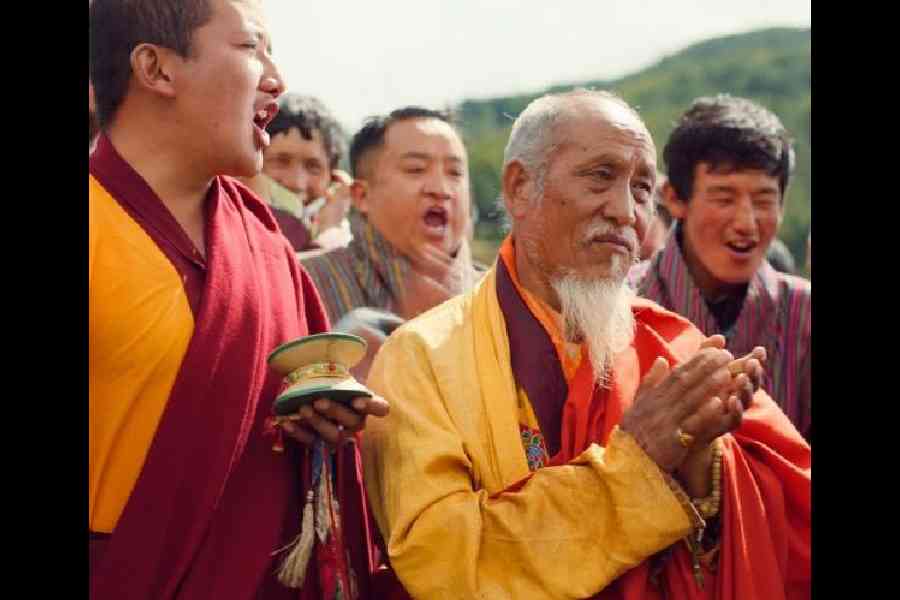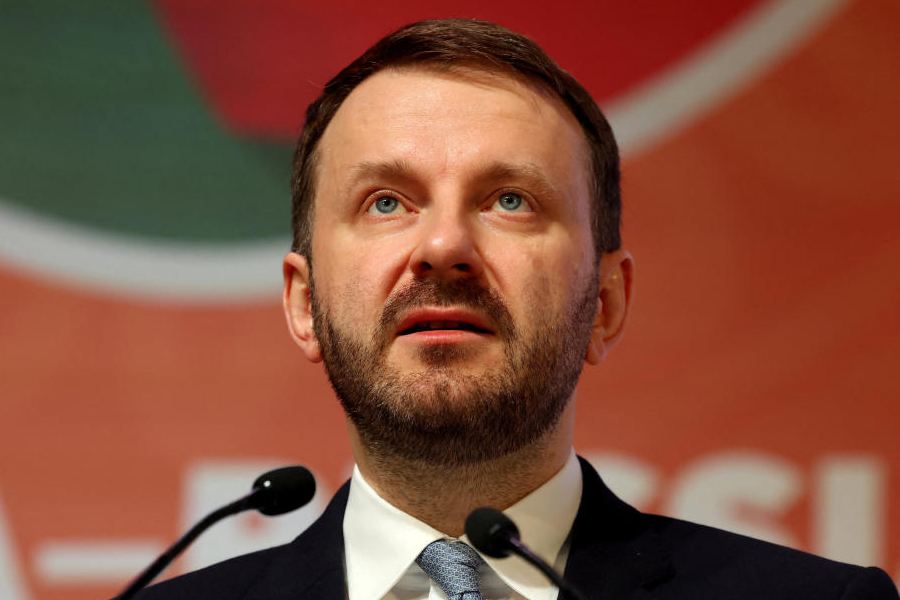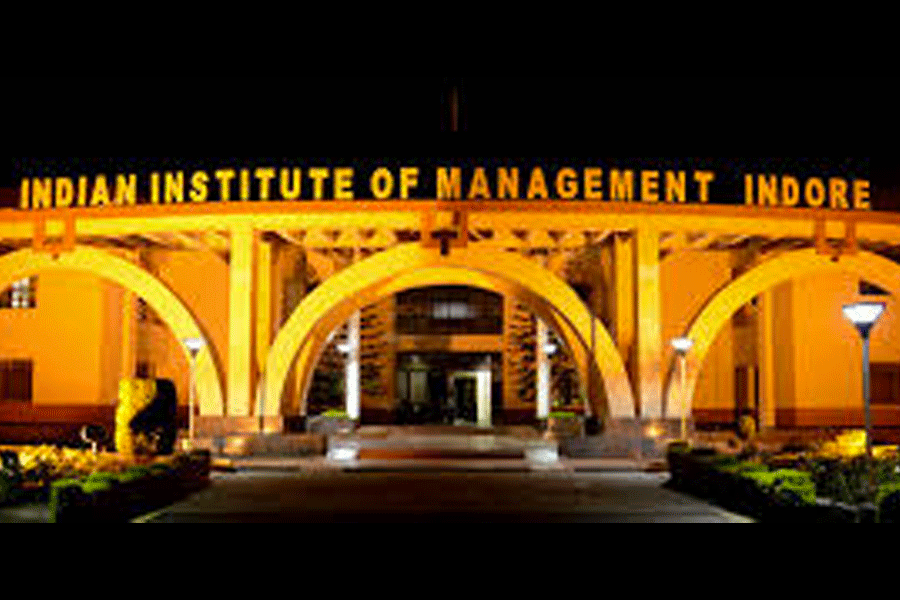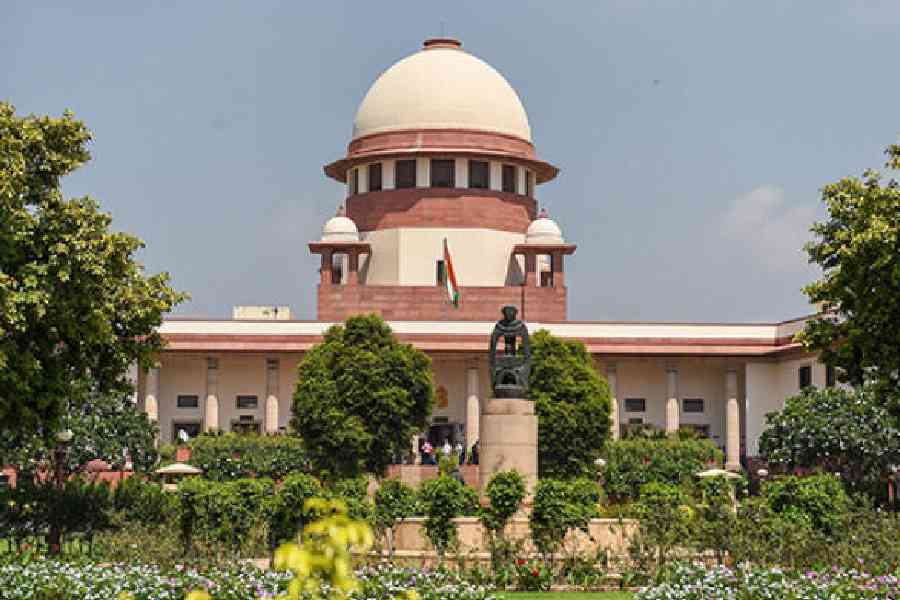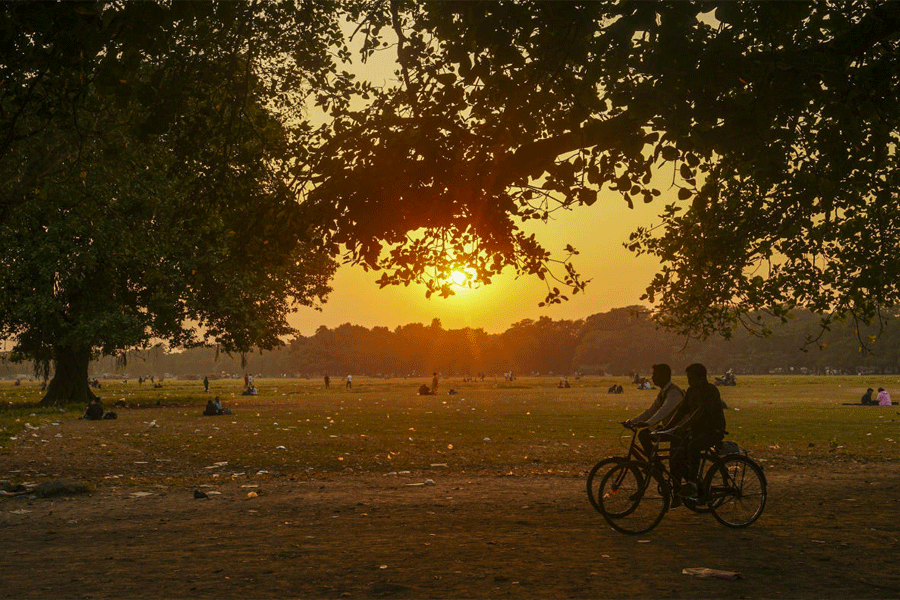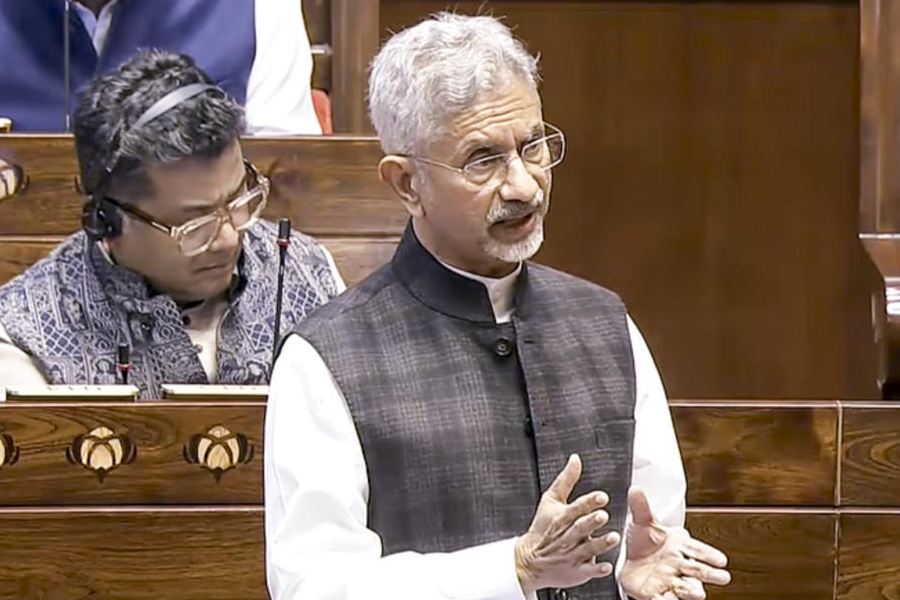Bhutanese filmmaker Pawo Choyning Dorji is not new to being in the spotlight. Dorji is among the elite group of global filmmakers whose feature directorial debut Lunana: A Yak in the Classroom (2019) was nominated for Best International Feature Film at the 94th Academy Awards, becoming the first from Bhutan to do so.
His second film, The Monk and the Gun (2023), was shortlisted for the Best International Feature Film for the 96th Academy Awards. With The Monk and the Gun — a satirical jab at American democracy as well as a showcase for the challenges faced by Bhutan while transitioning to democracy — streaming now on MUBI, t2 chatted with Dorji on his movies and more.
What inspired The Monk and the Gun?
I hail from a very unique culture. In Bhutanese culture, we believe that the purpose of art and creativity is to be able to create an illusion that connects the audience with their own truth, their own reality. I want people, through my films, to be connected to their own truth.
The Monk and the Gun is a political satire. It is almost a circumstantial comedy. It was never my intention to position the film as pro-democracy or anti-democracy or pro-monarchy. I wanted to tell the story of how Bhutan became a modern country and the journey it went through. Hopefully, that journey will connect the audience to their own truth.
You have shown the film across the world, including the Academy Awards jury. What has the predominant response been like?
The film premiered at the Telluride Film Festival in Colorado. At the screening, I was very nervous because I was told that a majority of the viewers were NRA (National Rifle Association) members from Texas. I had a film that pokes fun at the American democracy, the American love for guns and the Second Amendment, and the last thing I wanted was its first audience to be NRA members!
However, right after the screening, most of them told me about how much they loved the film... that it had nothing to do with them, but it also had so much to do with them. I thought that was beautiful.
When the film had its Oscar campaign, one of its biggest champions was director Michael Moore. He is on the other side of the political spectrum, totally anti-NRA, very liberal. He loved the film and was one of its biggest supporters. So for me, coming from that culture about creating illusions that connect to the truth, to have Michael Moore and NRA members agree on something, was more than anything I could have asked for.
Though the film looks at the state of American politics, I felt that what it attempts to say mirrors what is happening in a large part of the world today at large. Would you agree?
Definitely! The American part of the film is there because I studied political science in the US right at the time when Bhutan transitioned into a democracy. I saw a king who was so loved voluntarily abdicate in favour of democracy. You had to literally teach people how to vote and that story stuck with me.
I have been a citizen of the world — I grew up in India, Switzerland and the Middle East. Growing up in different cultures made me realise how each culture is so different. But the Western world thinks that one system fits all countries, which is not really the case. There are a lot of cultural nuances that you have to understand.
The subject is heavy, it says a lot of pointed things, but through humour. Is that the approach you always wanted to take?
Yes. That is the beauty of art and creativity — you can take something that is heavy and serious and then make it relatable for everyone. I always tell people that this film is ultimately about innocence. We are a culture that celebrates the value of innocence... it is a beautiful aspect of who the Bhutanese people are. This story is about how, sometimes, when you modernise, innocence gets lost or innocence is mistaken for ignorance. This is a film about how in the pursuit of something we thought we needed, we ended up losing something we had all along.
The title has two dichotomous elements. Was the idea always to call it The Monk and the Gun?
There is something I learned with Lunana: A Yak in the Classroom (Dorji’s directorial debut, which became Bhutan’s first-ever film to score an Oscar nomination). When I made that film, I was no one. It was my first film, I had no big producers, I had no agents. I didn’t have Brad Pitt gracing my cover. I kept thinking of how to make people interested in my film, especially when nothing was known about me or my film. Then I thought: ‘Why not give it the strangest name I can think of?’ That is how Lunana: A Yak in the Classroom came into being. I remember going to film festivals and I would hear the audience say: ‘What is A Yak in the Classroom?! Now that is the film I want to watch!’ So that worked, and it even ended up taking me to the Oscars!
When I wrote the script of The Monk and the Gun, the original title was ‘A Monk with a Gun’, because, as usual, I wanted the title to catch the audience’s interest. But in Bhutan, before making a film, you have to submit a proposal to the government. But seeing the title, they got concerned. They were scared that I would make something controversial. So I changed it to ‘Four Days to Full Moon’ as a working title. But once the film was made, I quickly changed it back to The Monk and The Gun! (Laughs) By then, it was too late for them to do anything!
How supportive is the Bhutanese administration towards filmmaking and filmmakers?
The Bhutanese film industry is still in its infancy. That is a big challenge but we are also growing quickly. When I made A Yak in the Classroom, there were a lot more logistical challenges because the industry was hardly present then. We lacked professionally-trained actors, proper crew and even basic filmmaking equipment.
I made a bold decision to shoot the film on location — at the world’s most remote village (Lunana). It was a 14-day walk up the mountain, we shot the film with one camera with solar batteries and no lights. The film, thereafter, went on an amazing journey at film festivals across the world, which made a lot of people in Bhutan realise what film, art, creativity can do and the potential it has for Bhutan as a culture and as a country.
I am proud to say that there have been a lot of developments in recent years. The government has started film production grants now. It has become easier to make films. There is a whole generation of filmmakers coming up and hopefully, we will have more stories coming out of Bhutan.
How have you been using your global status — you are a member of the Academy of Motion Picture Arts and Sciences — to encourage more people in your country to embrace this craft and career?
I am proud to say that a lot of people who worked on A Yak in the Classroom have gone on to become filmmakers in their own right. Honestly, this is just my second film and even I am still learning the craft... I learn from my crew all the time. I am blessed that we are a part of this craft that is so collaborative.
You are not just a filmmaker but also a representative of your country. Your films have introduced a large part of the world to Bhutanese culture. While that must be humbling, does the responsibility also weigh heavy on you?
When we made A Yak in the Classroom, we had had no expectations of the journey it would go on. And when it became Oscar nominated, I was actually very scared! That is because I felt that my filmmaking career may get over even before it started. You make your first film and it becomes an Oscar nominee... where do you go from there?! I realised that everything I did after that would be compared to the success of the first one. But, I also feel very honoured and privileged that the films I have made are found to be inspirational and that people want to follow the path I have taken.
Did your growing-up years in India influence the filmmaker that you are today?
Totally. Some of my favourite film festivals are in India — like the Kolkata International Film Festival, Kerala Film Festival, and Dharamshala. India really celebrates creativity and culture. I spent most of my formative years in India and its culture and people have really inspired me. I grew up between Tamil Nadu and Himachal Pradesh and that is where I discovered and fell in love with storytelling.
Who have been your inspirations?
My introduction to filmmaking came while working with my guruji. He is a Buddhist teacher who also happens to be a filmmaker. Around the world, he (Dzongsar Jamyang Khyentse Rinpoche) is know as the lama who makes films. He was the first Bhutanese filmmaker whose films went to Cannes, Venice and Toronto. He really helped people like me to dare and dream that perhaps we could do this too.
Priyanka Roy

